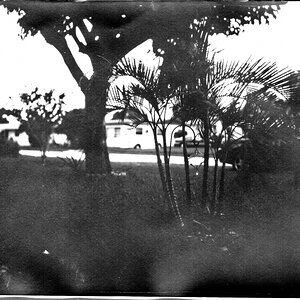Markie Madden
TPF Noob!
- Joined
- Aug 9, 2015
- Messages
- 27
- Reaction score
- 0
- Location
- Missouri
- Website
- metamorphpublishing.com
- Can others edit my Photos
- Photos OK to edit
I'm putting this here because I imagine it is a pretty basic question that you get asked time and time again.
I sometimes get the chance to sneak out and get some shots of animals or birds. I usually put my camera onto my mono or tripod while still in the house, turn it on, and take off the lens cap. If the -pod has been folded down, I'll adjust it for my height as well. Then I'll step outside.
This has been a problem lately as it's been extremely hot as well as humid outside, and it's nice and cool in the house. So my lens fogs up. Is there anything I could put on it, like Rain X anti fog, that will help reduce this? Or would that be damaging to the lens?
I sometimes get the chance to sneak out and get some shots of animals or birds. I usually put my camera onto my mono or tripod while still in the house, turn it on, and take off the lens cap. If the -pod has been folded down, I'll adjust it for my height as well. Then I'll step outside.
This has been a problem lately as it's been extremely hot as well as humid outside, and it's nice and cool in the house. So my lens fogs up. Is there anything I could put on it, like Rain X anti fog, that will help reduce this? Or would that be damaging to the lens?


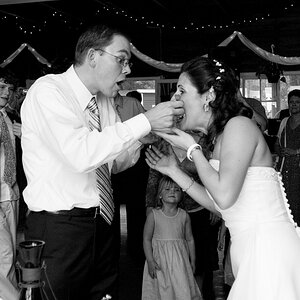
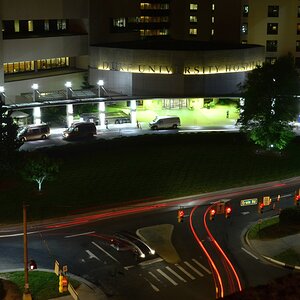
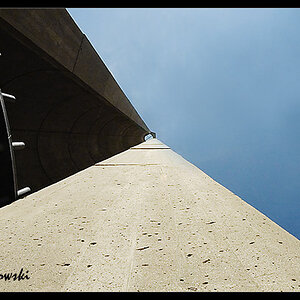
![[No title]](/data/xfmg/thumbnail/37/37609-a1984365804384f841d8245ae7e3b9a7.jpg?1619738149)
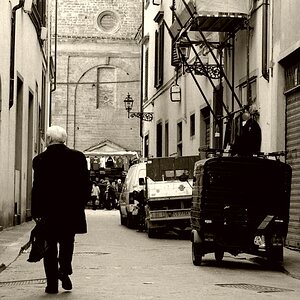
![[No title]](/data/xfmg/thumbnail/37/37605-90c8efaef5b7d1f52d4bf8e7dfd33673.jpg?1619738148)
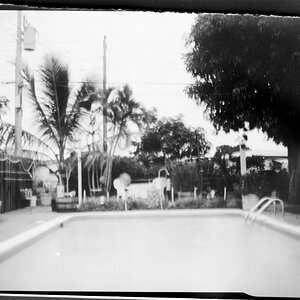

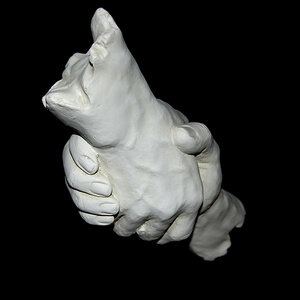
![[No title]](/data/xfmg/thumbnail/37/37607-69784b19e25bd0ba68e92ff4cfdfa8ff.jpg?1619738148)
